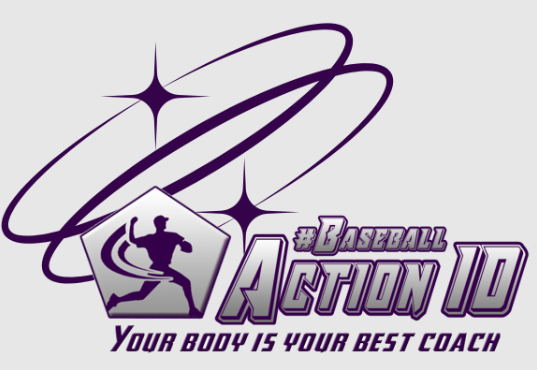Why Juan Soto Is More Dangerous With Two Strikes — And What #MotorBall Reveals About It

Lately, there’s been a lot of buzz on social media around Juan Soto’s unique approach at the plate, especially with two strikes.
Baseball minds are asking:
“Why is Soto so effective with two strikes, when most hitters are at their weakest?”
The answer isn’t just about choking up or swinging shorter.
The answer is #MotorBall — the next frontier of player performance, rooted in a player’s natural motor preferences.
What Happens with Two Strikes?
Let’s start with the visible changes. With two strikes, Juan Soto:
- Lowers his stance
- Chokes up on the bat
- Simplifies his swing path
- Reduces the inward angle of his front foot
These changes allow better plate coverage and more bat control, especially on pitches away. And that’s no coincidence: with two strikes, 70–90% of pitches at every level are located on the outer third of the plate.
But here’s the real insight: these adjustments don’t just “make sense,” they make Soto more himself.
What Is #MotorBall?

What Moneyball did for player valuation through data, #MotorBall is doing for player performance and injury prevention — by decoding the full human blueprint: body, brain, and execution.
MotorBall is based on the science of motor preferences, stemming from elite research (like the ActionTypes framework), and applied to baseball by BaseballActionID.
Every athlete has a personal movement signature. Some generate power through their core (Global), others through fine control and distal coordination (Distal). Some are naturally rhythmic, others are more conceptual.
Juan Soto belongs to the Distal Motor Skill family — meaning his body prefers precision over raw force, extremities over full-body torque.
And guess what?
His two-strike stance matches that blueprint perfectly.
The Stat That Should Shock You
Let’s talk numbers:
34% of Juan Soto’s total career hits — including extra-base hits — have come in two-strike counts.
That’s not a typo. That’s not a small sample. That’s his entire career.
While most hitters shrink with two strikes, Soto becomes more productive.
Why?
Because his two-strike stance puts his body in a position that feels natural, where perception, timing, and execution connect.
When Soto moves in a way that aligns with his personal Perception–Action Cycle, he sees better, reacts cleaner, and delivers with more control — even under pressure.
What This Means for Coaches, Scouts, and Players
If you’re a coach or player developer, this is the kind of insight that separates noise from truth:
- Are you teaching athletes based on “what works for most,” or based on what works for them?
- Are you forcing hitters into one-size-fits-all stances?
- Are you aware of their natural motor preferences — and how that changes under pressure?
What we’re seeing with Soto is not luck, not tradition, and not just talent.
It’s alignment.
This Is #MotorBall

The next revolution in baseball won’t come from another swing mechanic or a new bat sensor.
It will come from understanding the individual at a deeper level — how their body wants to move, how their brain wants to process, and how they naturally execute under pressure.
Juan Soto didn’t “find” a magic stance.
He defaulted to what’s natural.
And that’s why his performance increases when the pressure is highest.
🧠⚾ #MotorBall – Human-first baseball development is no longer optional — it’s the future.

